Table of Contents
Breast Cancer Symptoms: How to Recognize the Warning Signs Early
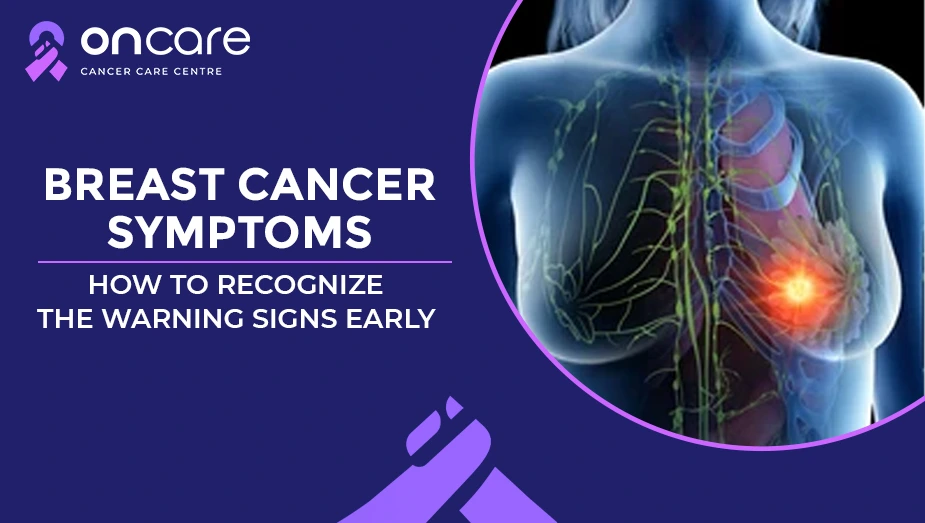
Breast cancer remains one of the most common cancers in women across the globe. Recognizing breast cancer symptoms early can save lives; that’s why understanding the early symptoms of cancer is considered crucial. If you are concerned about what to look for while recognizing early warning signs, then read further! We'll explain how to take more proactive steps sooner and how it improves the chances of immediate survival and recovery.
In this article, we’ll discuss more about why early detection matters, early signs of breast cancer, common symptoms and risk factors, and much more!
What is breast cancer?
Breast cancer is one of the most common types of cancer that affects women. This cancer develops when the cancerous cells in the breasts multiply and become tumors. Studies suggest that 80% of breast cancer cases are invasive, which means that a tumor can spread from the breast to other areas of the body.
Types of breast cancer
A healthcare team classifies cancer types and subtypes so that they can design treatment as effective as possible with the least side effects.
The types of cancer in the breast include:
Invasive (infiltrating) ductal carcinoma (IDC):
This type of cancer usually starts in the milk duct and starts to spread to the nearby breast tissues. This is one of the most common types of breast cancer developed in women.
Lobular breast cancer:
This is a type of cancer that usually develops in the milk-producing glands (lobules) in the breast and often spreads to the nearby breast tissue.
Ductal carcinoma in situ:
Similar to Invasive ductal carcinoma (IDC), this cancer also usually develops in the milk ducts. However, the major difference of DCIS is that it doesn't spread beyond the milk ducts.
Why early detection matters in breast cancer?
Early detection plays a vital role in fighting against cancer in the breasts and improving the survival rates and overall quality of life. Detecting cancer in the breasts can make a huge difference in the treatment outcomes. According to the WHO, early-stage breast cancer has a five-year survival rate of over 90%.
That’s why early detection is considered essential, and watch out for any changes happening with your breasts and body to understand any unintentional changes in them.
Common early signs of breast cancer
There are some early signs you shouldn’t ignore, including:
Experiencing a lump in the breast or underarm:
The most common sign of this cancer is experiencing a lump or thickened mass that feels under the breast or underarm that feels different from surrounding tissue. However, not all lumps are cancerous, but any new or unusual ones should get diagnosed in the early stages.
Change in breast size or shape:
Experiencing sudden changes in the breast size or its shape in one or both breasts including swelling and shrinking without any clear reason can be alarming.
Changes in nipples:
Watch out for any types of inverted nipples in the breasts, such as nipples pulling inward or experiencing redness or scaling of the nipple or surrounding skin. If you experience any type of fluid discharge, especially if it contains blood or happens without squeezing, you should get an immediate diagnosis.
Experiencing change in the breast skin:
Experiencing a type of dimpling, puckering, or thickening of the breast skin when compared to the texture, just like an orange peel, could be a sign of a hidden tumor.
Unintentional pain:
Breast pain is common and linked to the menstrual cycle, while consistently experiencing pain in the breasts or one area of the breasts. These symptoms should get evaluated.
Risk factors
Here are some of the risk factors for increasing the risk of cancer in the breasts, including:
- Age: Women older than 55 and more
- Being female: Women are more likely to develop this condition than men
- Never pregnant: Women never got pregnant are at high risk of developing this cancer.
- Dense breast tissue: Having dense breast tissue is more likely to develop this type of cancer.
- Early menarche: Started menstruation before the age of 12 is a risk factor
- Late menopause: Experiencing late menopause after the age of 55 is considered as a risk factor.
- Inherited gene mutation: Inherited genetic mutations such as genes like BRCA1 and BRCA2 can significantly increase the risk of developing this cancer.
- A family history of cancer: A history of breast and ovarian cancer can increase the risk of developing cancer.
- Obesity or overweight: Women who are overweight or obese are more inclined to develop this cancer.
- Radiation exposure: A previous exposure to high doses of ionizing radiation, such as radiation therapy, can increase the chance of developing cancer in people.
Lifestyle risk factors
Some of the lifestyle choices are also influenced by the development of cancer in the breasts.
Including:
- Alcohol consumption
- Smoking habits
- Lack of physical activity
How to monitor breast health?
To detect cancer in its early stages, it’s crucial to perform regular physical examinations, such as regular self-examinations and professional medical checkups, including mammograms and clinical breast examinations.
Self breast examination:
Breast self examination is a breast health monitoring examination used to examine the breasts. While practising these self breast exams can help to notice any types of changes in the breasts to identify any early signs of cancer immediately.
Clinical breast examination:
A clinical breast examination is a physical breast examination performed by a professional medical team, typically a gynecologist or a nurse, to check for any type of abnormalities, including any lumps or masses in the breasts.
Mammograms:
Mammogram, also commonly known as mammography, is a low-dose x-ray examination of the breast tissues. Medical teams perform these tests to check for any early signs of breast cancer symptoms before the symptoms can develop in suspected patients, this is widely called screening mammogram.
Consult Today
Identifying breast cancer symptoms early is crucial to take the significant step towards saving the life against cancer. Starting the cancer treatment immediately, with the help of
effective treatments, helps to improve the recovery chances and overall quality of life of a cancer patient.
At Oncare, we offer premium-quality cancer treatments, including cancer surgeries, at affordable price packages with an experienced cancer specialist consultation.
If you or any loved ones of yours are diagnosed with cancer, then visit Oncare Cancer Center and book an appointment with our experienced cancer specialists. Get an estimated cost of cancer treatments today!
Read more: Breast Cancer Symptoms in Hindi
Frequently Asked Questions
Many people do not aware of the symptoms of breast cancer, these may include:
- A lump on the breasts
- Discharge from the nipples
- Nipples that appear flat or point inwards towards the skin of breast
- Experience a thickening in the skin of the breast
- Tenderness in the breasts
It’s possible to have breast cancer without showing any clear signs before the symptoms begin. Some of the common symptoms of breast cancer may include lumps and pain and also cause other health issues.
The common symptoms of breast cancer may include:
- Breast lumps or thickened area of the skin
- A nipple that appears inward or flattened
- Changes in the size, shape, or appearance of a breast
- Changes in the color of the breasts or skin
- Experiencing peeling, scaling, and flaking of the skin on the breasts
There are many types of breast cancer found in people, including:
- Invasive (infiltrating) ductal carcinoma
- Lobular breast cancer
- Ductal carcinoma in situ
Less common breast cancer types include:
- Triple-negative breast cancer
- Inflammatory breast cancer
- Paget’s disease of the breasts
Book an Appointment
Related Blogs
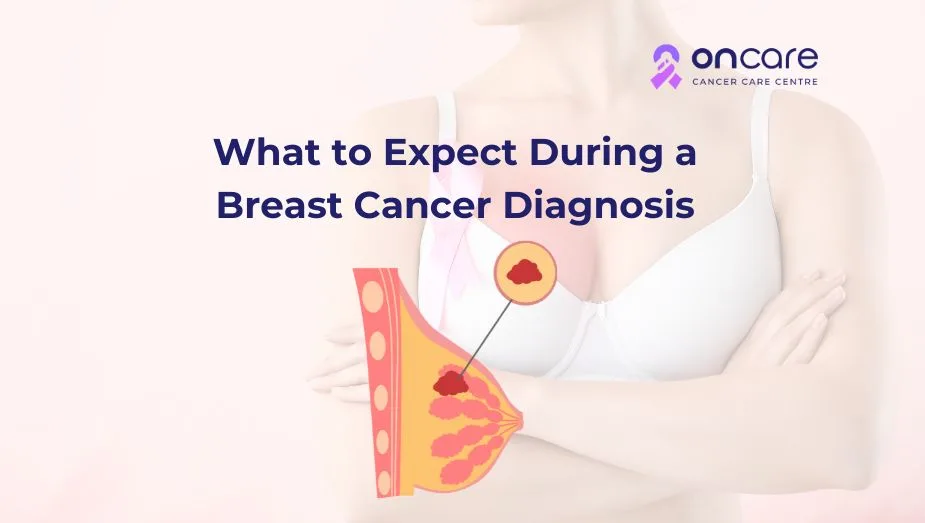
What to Expect During a Breast Cancer Diagnosis?
Discover more about what to expect during a breast cancer diagnosis and how each stage of the diagnosis appears and get tips to reduce anxiety during the process!
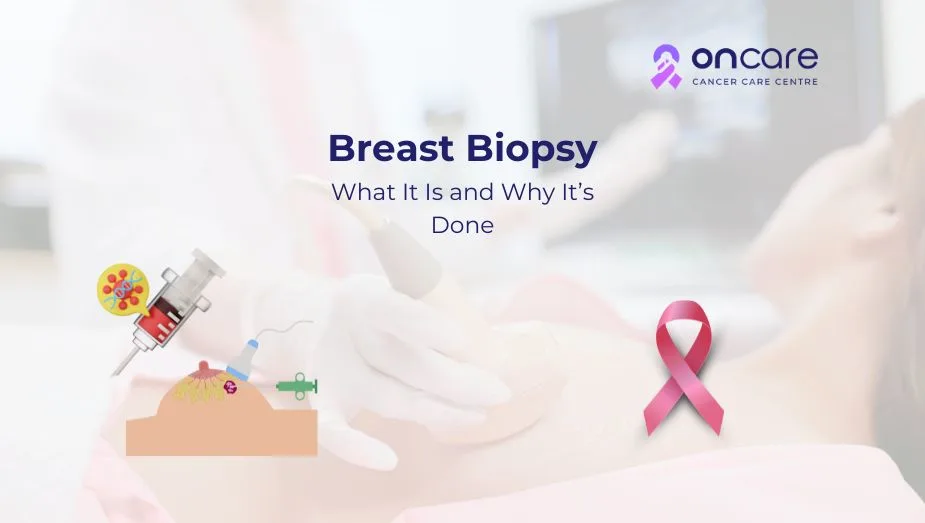
Breast Biopsy: What It Is and Why It’s Done
Discover more about what a breast biopsy is, the need for a breast biopsy test and its types, what to expect before and after the procedure, and its risk factors!
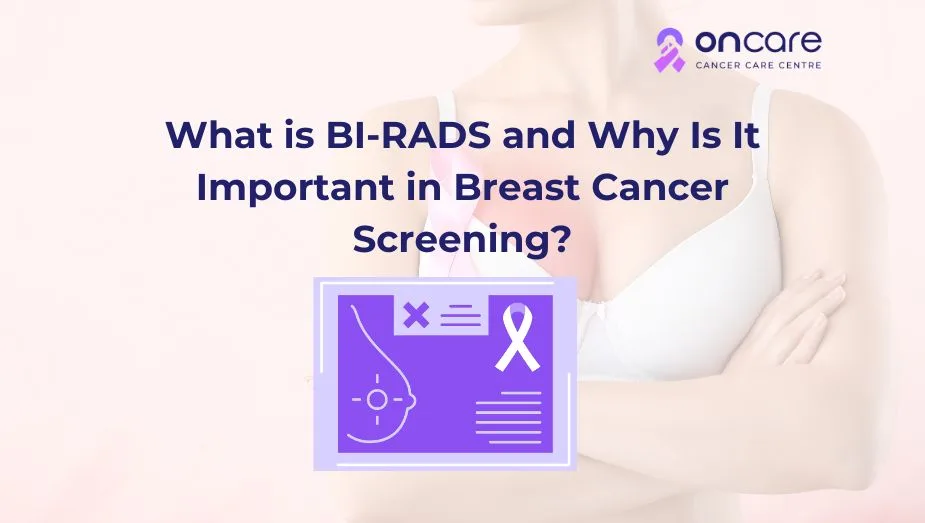
What is BI-RADS and Why Is It Important in Breast Cancer Screening?
Learn more about what is BI-RADS and why it is important in breast cancer diagnosis and its treatments, its categories, benefits and limitations and much more!
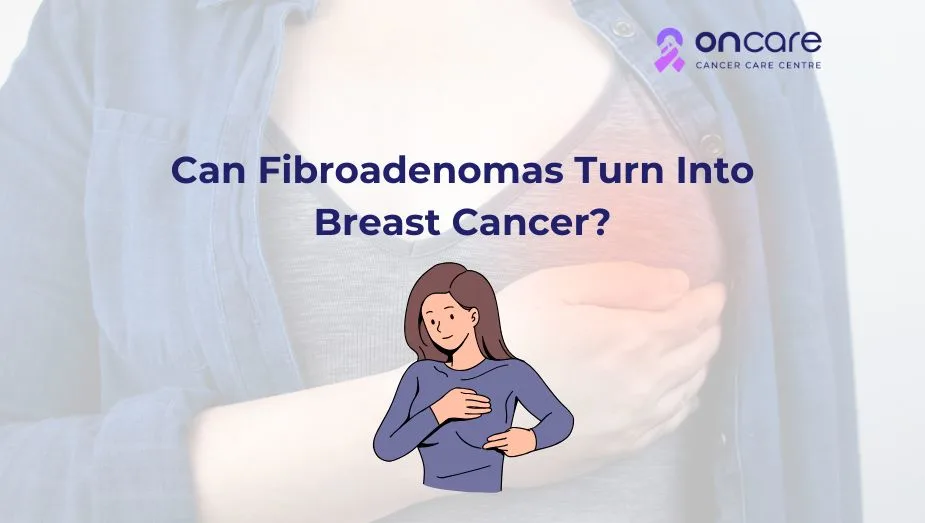
Can Fibroadenomas Turn Into Breast Cancer?
Discover more about whether fibroadenomas can turn into breast cancer, difference between fibroadenoma and breast cancer, symptoms and causes, and its prevention!

Lumpectomy vs Mastectomy: Which Breast Cancer Surgery Is Right for You?
Discover more about which cancer surgery is right for breast cancer patients, types of surgeries, when lumpectomy and mastectomy are recommended in patients!
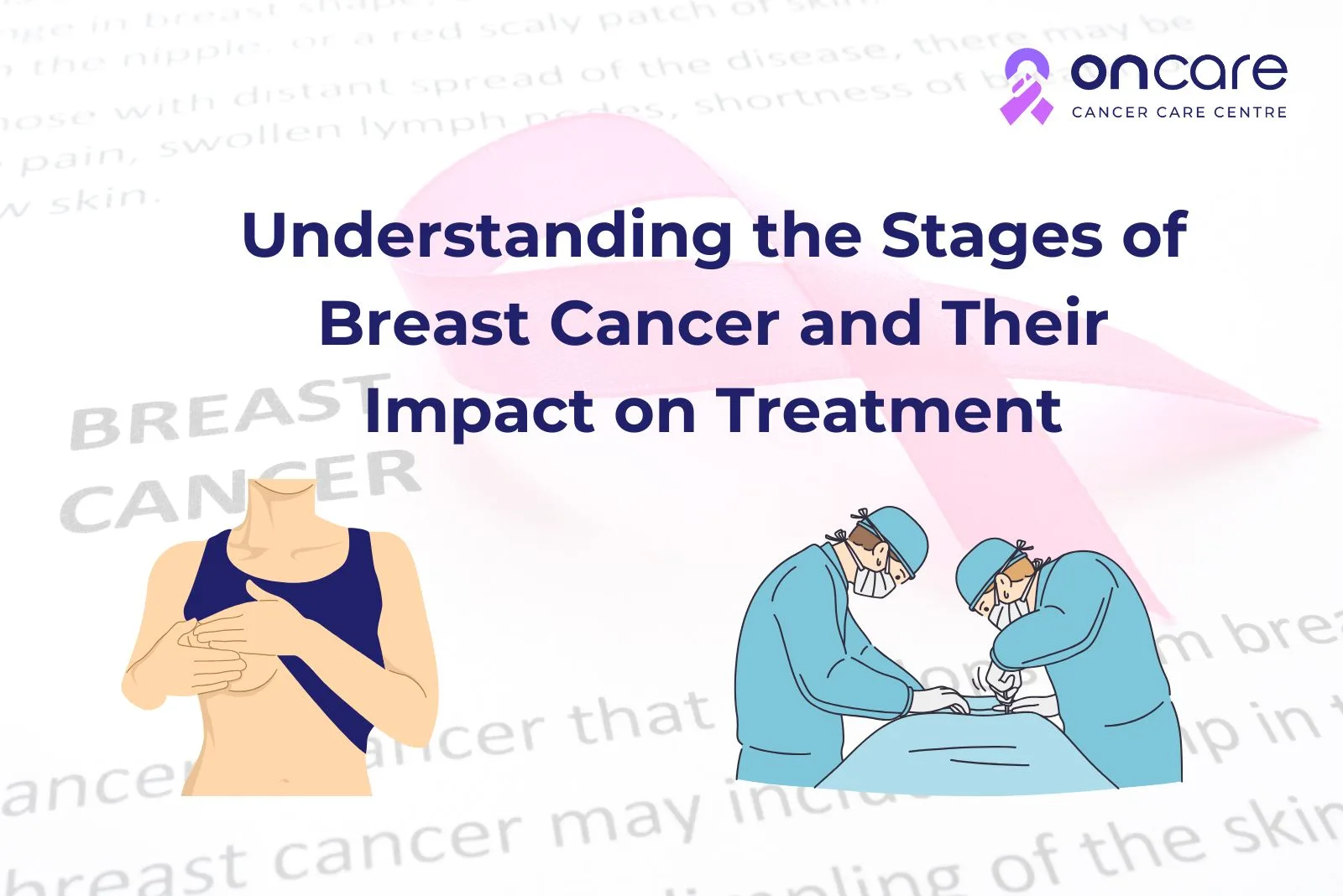
Understanding the Stages of Breast Cancer and Their Impact on Treatment
Stages of Breast Cancer & Importance of Early Detection | Learn How Timely Diagnosis Can Improve Treatment Success & Boost Chances of a Cure

